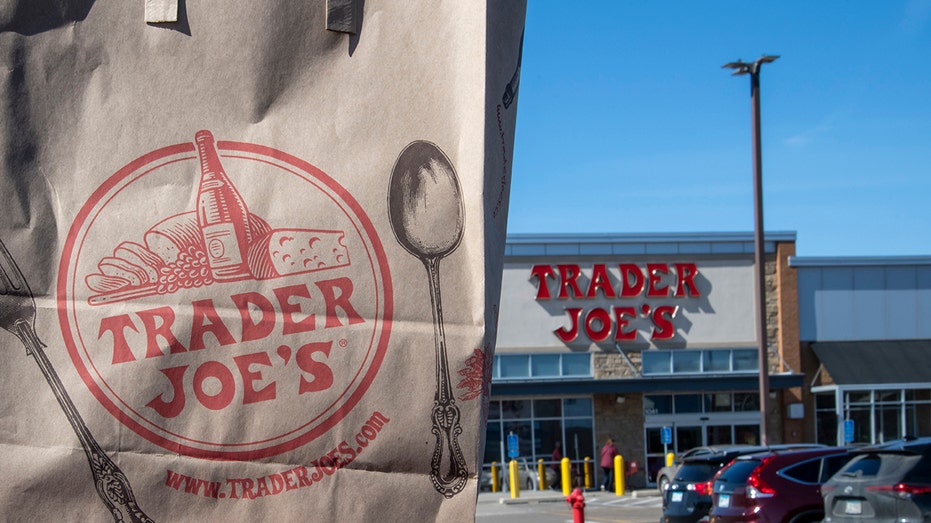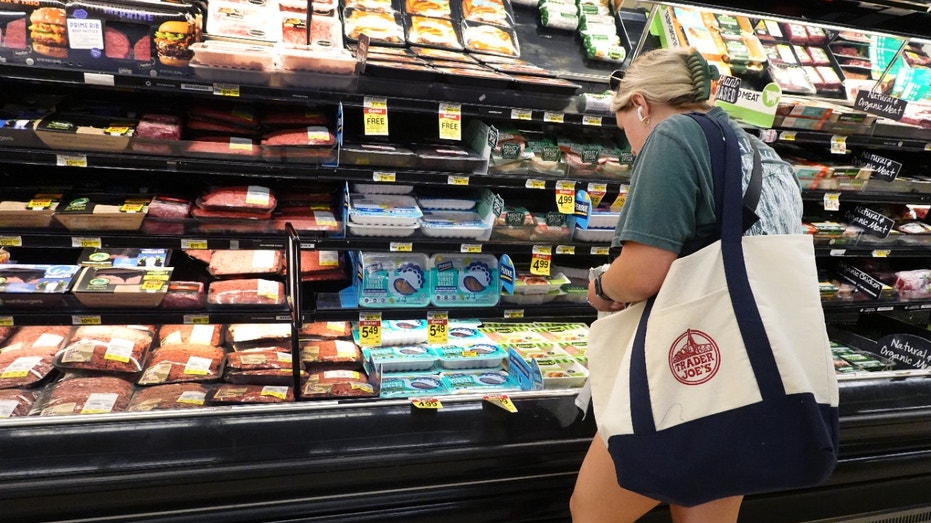Trader Joe's changes grocery item price for the first time in 20 years
Trader Joe's says it was able to drop the price of other goods such as certain almonds and bell peppers
Inflation is actually ‘reviving’: Larry McDonald
‘When Markets Speak’ author Larry McDonald discusses how stocks jumped to new record highs as the Fed suggested three rate cuts this year on ‘Maria Bartiromo’s Wall Street.’
For the first time in decades, Trader Joe's has increased the price of its bananas, underscoring how economic pressures are still impacting consumer finances.
The grocer, which kept the cost of bananas at 19 cents each for more than two decades, raised the price to 23 cents, a 20% increase. Trader Joe's told FOX Business it still "represents a tremendous everyday value."
"We only change our prices when our costs change, and after holding our price for bananas at 19¢ each for more than two decades, we’ve now reached a point where this change is necessary," the company said in a statement.
WHY ARE GROCERIES STILL SO EXPENSIVE?
The company simultaneously argued that while it had to up the price of the fruit, it had been able to "negotiate costs for a number of our products, and have lowered our retail prices accordingly."
It cited examples such as raw almonds, which decreased by a dollar. The cost of romaine hearts and organic tri-color bell peppers are down 50 cents.

Trader Joe's does not have sales, coupons, loyalty programs or membership cards. (Michael Siluk/UCG/Universal Images Group via Getty Images / Getty Images)
Green onions cost 99 cents, which is the lowest price in at least a decade, according to the company.
RISING CHILD CARE PRICES STARTING TO BITE US FAMILIES
The Labor Department reported that inflation rose more than expected in January thanks to a jump in grocery and housing costs.

Grocery items are offered for sale at a supermarket in Chicago on Aug. 9, 2023. (Scott Olson/Getty Images / Getty Images)
The consumer price index, a broad measure of the price of everyday goods including gasoline, groceries and rent, rose 0.3% in January from the previous month. Prices climbed 3.1% from the same time last year.
GET FOX BUSINESS ON THE GO BY CLICKING HERE
While Inflation has fallen considerably from a peak of 9.1%, it is still well above the Federal Reserve's 2% target.
Even with inflation easing, experts warned that consumers aren't likely to feel any relief, especially with food, for years.
"Prices very rarely go back. There's disinflation, meaning the rate of increase slows down. But the way we dig ourselves out of this is that people make more money above the rate of inflation," Robert Frick, corporate economist at Navy Federal Credit Union, previously told FOX Business. "That's happening now, but it's not a quick solution. It's going to take two or three years before people feel real relief from the surge in inflation, especially with things like food."
FOX Business' Megan Henney contributed to this report.





















